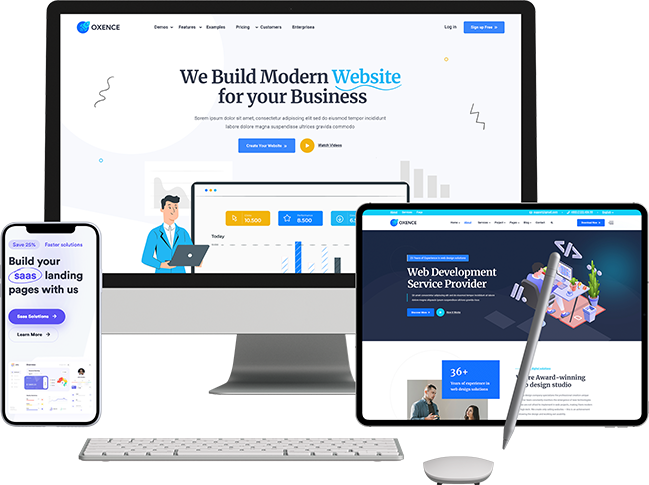Content Generation and Optimization
Content Generation & Optimization


What is content generation?
When it comes to generating content, there are a few things to keep in mind:
Know your audience
It's important to know who you're writing for and what they're interested in. This will make it easier to come up with ideas for content that will resonate with them.
Keep it fresh
No one wants to read the same old thing over and over again. Make sure to keep your content fresh and updated regularly so that people will keep coming back for more.
Make it shareable
The more shareable your content is, the more likely it is to reach a wider audience. Create content that is interesting and valuable enough that people will want to share it with their friends and followers.
Promote it
Once you've created great content, don't just sit back and wait for people to find it. Be proactive about promoting your content through social media, email marketing, and other channels so that more people can see it and benefit from it.
What are some best practices for content generation?
Planning and organization are key
Take the time to plan out your content strategy and what kinds of content you want to create. This will save you time in the long run and help you stay on track.
Keep your audience in mind
Who are you creating content for? What kind of information do they want or need? Write with your audience in mind and give them the content they’re looking for.



Quality over quantity
It’s better to have a smaller amount of high-quality, well-written content than a large amount of poorly written content. Your readers will appreciate the effort you put into creating quality content.
Promote your content
Once you have great content, make sure to promote it! Get the word out there through social media, email marketing, guest blogging, etc. The more people that see your content, the better.
Analyze and revise
After publishing your content, take some time to analyze how it performed. Look at things like page views, bounce rates, engagement levels, etc. Based on your findings, revise and improve your future pieces of content accordingly.



How can you optimize your content for search engines?
Use keyword-rich titles and descriptions: Be sure to include relevant keywords in your title and description tags, as this will help your content to appear higher in search engine results pages (SERPs).
Incorporate imagery and videos: Adding images and videos can help break up large blocks of text, making your content more visually appealing. Additionally, be sure to utilize alternate text (ALT tags) for all images, as this allows Google to index the contents of your page more accurately.
Structure your content using headings and subheadings: Breaking up your content into smaller, more manageable chunks makes it easier for both search engines and readers to digest. By using proper headings and subheadings, you can also ensure that your content is appropriately formatted for maximum readability.
Use external links wisely: Linking out to high-quality, relevant sources can not only add value for your readers, but it can also help improve your SERP ranking. Just be sure not to overdo it with the external links, as too many could actually hurt your chances of ranking well.
Promote your content across social media: Getting social signals (likes, shares, etc.) from popular social networks like Facebook and Twitter can help improve your SERP ranking. So be sure to share your content on these platforms regularly!
What are some common mistakes to avoid when generating content?

Case Studies

